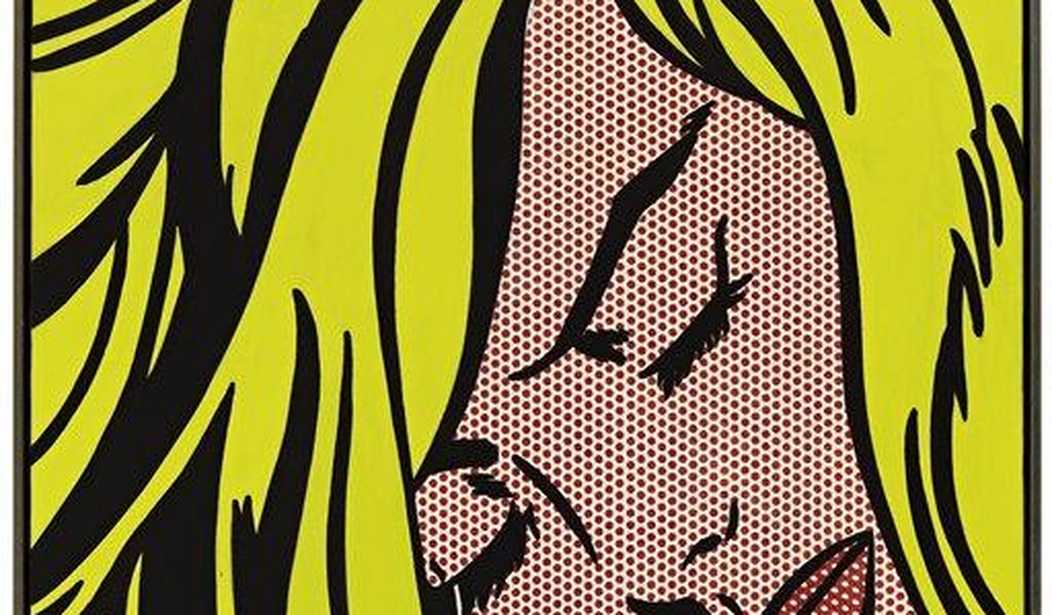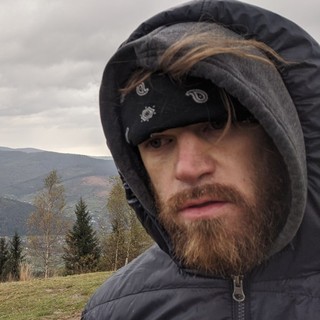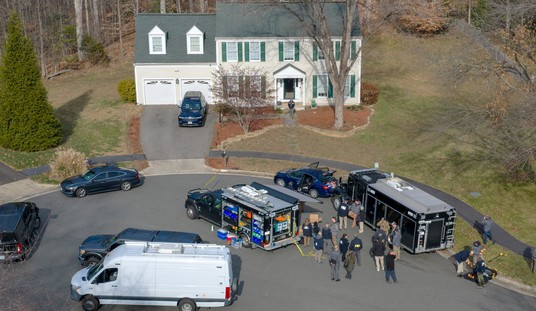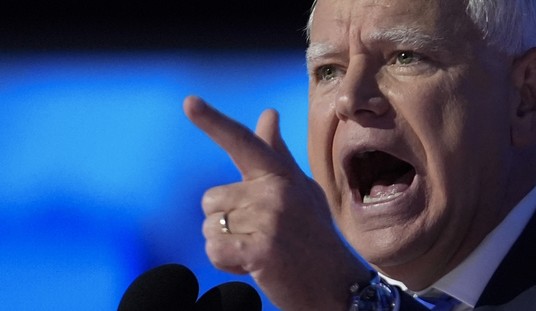In the context of a situation I won’t elaborate on to spare the feelings of those involved, should any of them ever read this (not likely), I was recently subjected to the dronings of a gaggle of middle-age American women definitively not from California on a work call sounding like teenage bimbos from a 1990s MTV reality show — or a Sir Mix-a-Lot video.
I have heard Aussies, British, Kiwis — even Asians educated in so-called “international schools” where the instruction is conducted entirely in English — universally adopt this aesthetic, likely without even realizing why.
Related: Converted Pagan Headhunters and the Shining City on a Hill
Via Los Angeles Times (emphasis added):
The origins of the Valley girl accent have long been an enigma, though it’s thought to have emerged as a phenomenon sometime in the ‘80s. It was first properly contextualized for the masses in 1982 through Frank Zappa’s satirical song “Valley Girl,” in which his 14-year-old daughter Moon Unit speaks in exaggerated “Valspeak,” mirroring the language she’d learned from other kids in the San Fernando Valley. “Like, my mother is, like, a total space cadet,” Moon says, as the chorus croons “Valley girl” on repeat between lines. “She, like, makes me do the dishes.”
In defense of the Valley Girl aesthetic, Los Angeles columnist Clarissa Wei derides critics of the cringe vocal intonations and needless insertions of “like” twice in every sentence as “linguistic misogynists.”
Continuing:
Yet in a globalized world where languages and accents are instantaneously broadcast and absorbed, how particular is the Valley girl accent to the actual San Fernando Valley or even to girls? Many of its signature features — the creaky voice, the upward inflection and the liberal usage of “like,” “whatever,” “totally” — can be found elsewhere in the world, pre-date the ‘80s and aren’t exclusive to women.
Yet somehow the combination of the above, transmitted through the voice box of a young adolescent woman, has become such a distinct trope that it’s been relentlessly skewered on TV shows and late night specials over the decades. In fact, the mockery and parody of the Valley girl accent has been described as “linguistic misogyny,” as one scholar put it, and the stigma is so strong that “[the] habitual use of creaky voice has been shown to undermine the success of women on the labor market.”…
“It is incredibly useful as a coping mechanism,” [Samara Bay, a celebrity speech coach] says. For instance, speaking with a vocal fry conveys a sense of nonchalance or detachment. “As a young woman — with all of the stereotypes around naivete and bubbly overenthusiasm — to seem detached is a great way of saying, ‘I’m good and I don’t need your approval’.
The “linguistic misogyny” defense is, of course, nonsense, but the essential question that Clarissa hits on — “in a globalized world where languages and accents are instantaneously broadcast and absorbed, how particular is the Valley girl accent to the actual San Fernando Valley or even to girls?” — is the most important one.
How is it that what was once a regional dialect that might have died out in a few short decades somehow became the de facto English accent worldwide?
There is only one culprit, and it is California-based mass media. Just as it has instilled corrosive and self-contradictory Social Justice™ ideology into the minds of the youth, so it has with the mother tongue of Sodom and Gomorrah.










